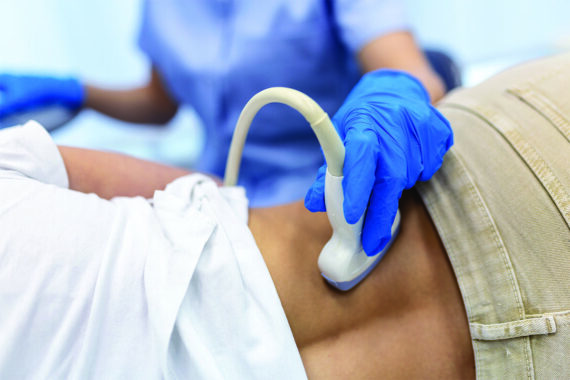Combination finerenone and empagliflozin superior in CKD with diabetes

Patients with both chronic kidney disease (CKD) and type 2 diabetes may benefit from initial therapy with finerenone and empagliflozin together, US researchers have concluded.
The combination of the non-steroidal mineralocorticoid receptor antagonist (MRA) and the sodium–glucose cotransporter-2 inhibitor (SLGT2) led to a greater reduction in the urinary albumin-to-creatinine ratio than either treatment alone.
An international trial of around 800 patients showed that after 180 days, the reduction in the urinary albumin-to-creatinine ratio with combination therapy was 29% greater with the combination than with finerenone alone and 32% greater than with empagliflozin alone.
In fact, the urinary albumin-to-creatinine ratio was reduced by 52% with combination therapy – in line with the full additive effect that was expected on the basis of the reductions seen with the individual treatments.
Neither drug, alone or in combination, led to unexpected adverse events, the researchers reported in the New England Journal of Medicine.
Patients were already receiving an angiotensin-converting–enzyme inhibitor or an angiotensin-receptor blocker at baseline, they noted.
They also had a range of comorbidities, including cardiovascular disease (28%), diabetic retinopathy (16%), and heart failure (4%), reflecting real-world populations.
While the trial was run for six months, the findings suggest the reductions observed with combination therapy would correlate with meaningful reductions in the risk of progression of chronic kidney disease, they added.
It is the first randomised trial to test the hypothesis that early, simultaneous use of both agents would be more effective compared to either drug alone.
Current clinical guidelines suggest serial measurement of urinary albumin-to-creatinine ratio to guide treatment adjustments and decisions on the need for additional therapies.
But in practice follow up testing may be infrequent and lead to an underestimate of the risk and clinical inertia, the researchers said.
Last year NICE recommended that empagliflozin can be used as an option for treating chronic kidney disease in adults under some circumstances.
Lead researcher Dr Rajiv Agarwal said the findings deliver the ‘clear message’ of benefit with simultaneous initiation of the two drugs.
‘In other chronic conditions like heart failure or hypertension, we’re moving away from the traditional stepwise approach toward upfront combination therapy,’ he added.
In all 70% of patients on both therapies achieved the guideline-recommended urinary albumin-to-creatinine ratio reduction target of more than 30%, he explained.
‘Since [urinary albumin-to-creatinine ratio] is a key mediator of kidney and cardiovascular outcomes, these results are highly relevant for clinical decision-making.’
A draft update to NICE guidance for heart failure has recommended early initiation of combination treatment rather than titrating drugs one after the other.
The recommendations state that patients with chronic heart failure with reduced ejection fraction should be offered an angiotensin-converting enzyme (ACE) inhibitor, a beta-blocker, a mineralocorticoid receptor antagonist(MRA) and an SGLT2 inhibitor together.
Portfolio careers
What is the right portfolio career for you?

Visit Pulse Reference for details on 140 symptoms, including easily searchable symptoms and categories, offering you a free platform to check symptoms and receive potential diagnoses during consultations.











